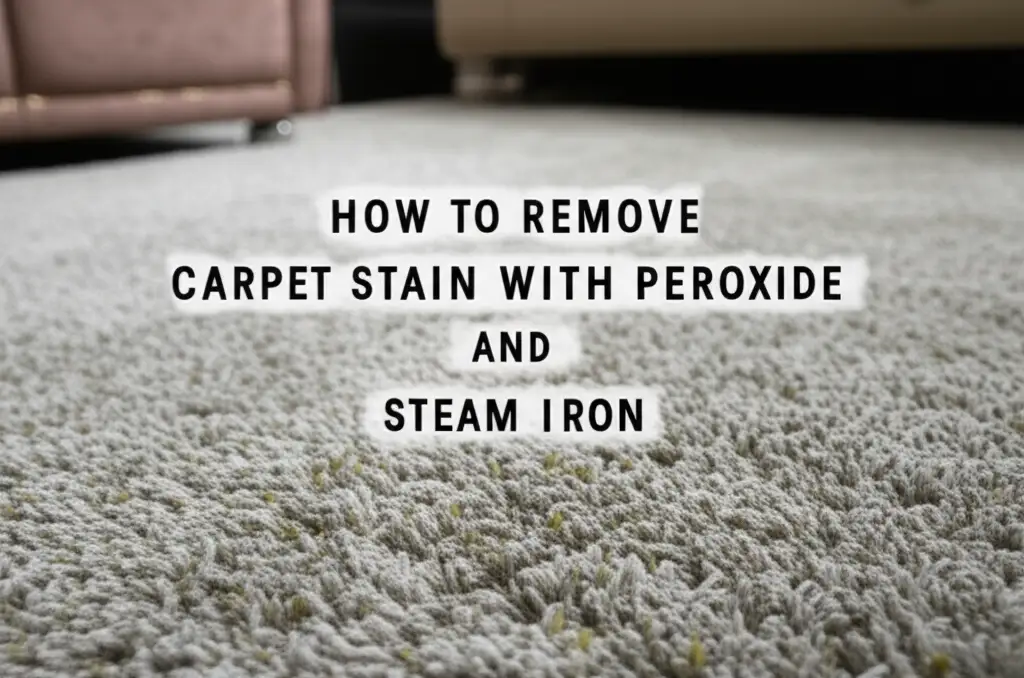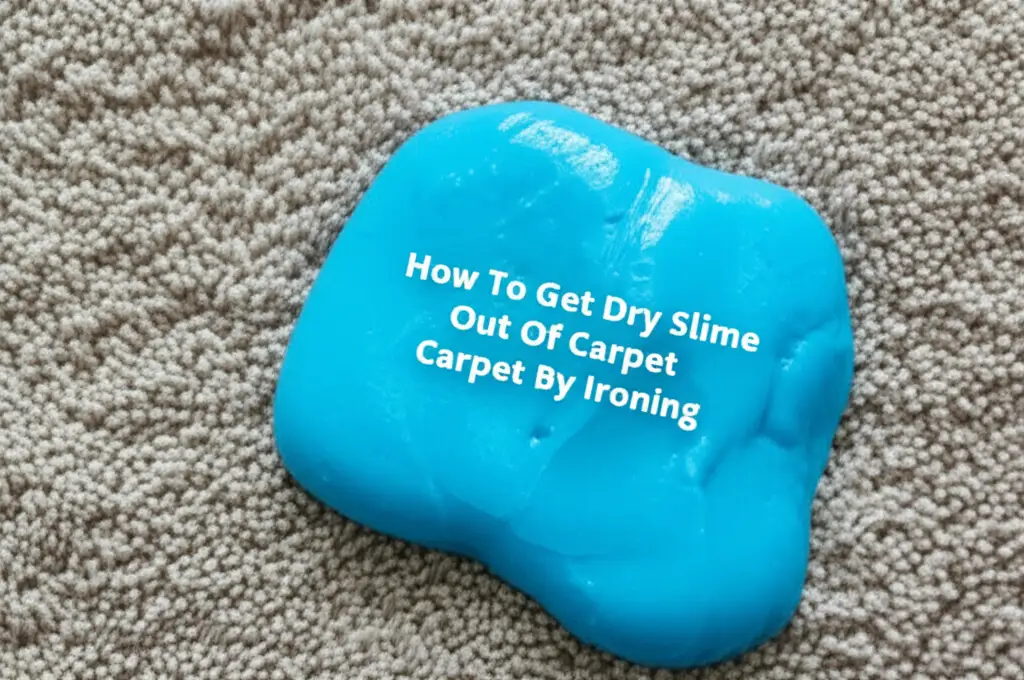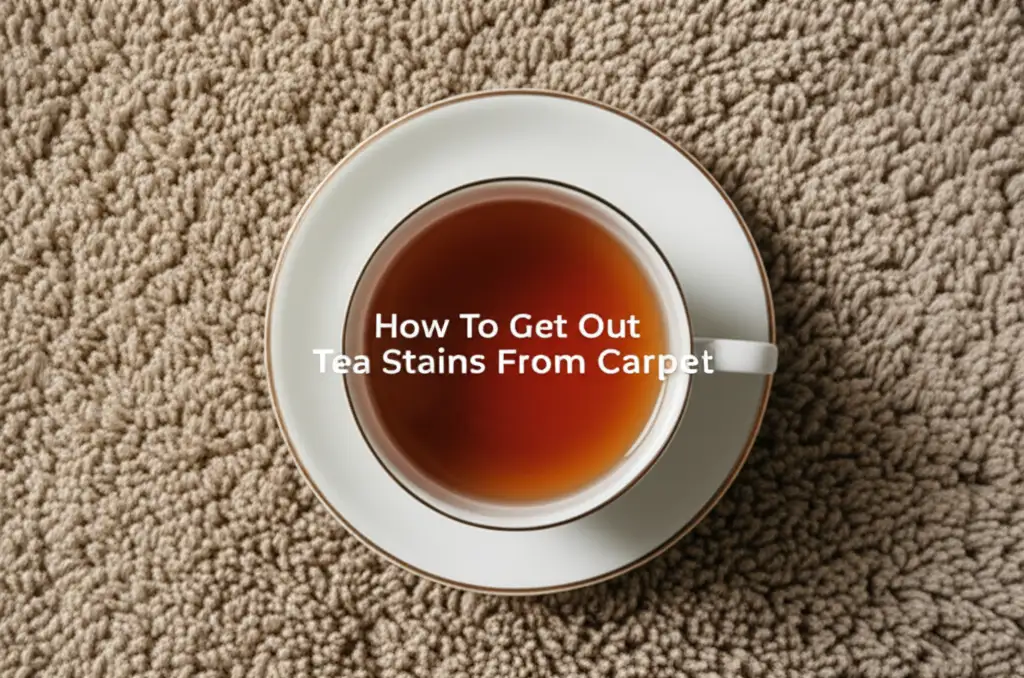· Elira Thomsen · Home Cleaning · 13 min read
How To Clean Snail Slime Off Carpet

Conquering Snail Slime: How to Clean It Off Your Carpet
Finding snail slime on your carpet can be quite a surprise. These creatures leave behind a sticky, often shiny trail. It feels unpleasant to touch and can trap dirt. You might wonder if it will ever truly come out. Rest assured, removing snail slime from your carpet is possible.
This guide helps you tackle these unusual stains effectively. We will cover immediate actions you should take. Then, we explore various cleaning methods, from natural solutions to commercial products. We will also discuss preventative steps. My goal is to give you simple, direct steps. You will learn how to restore your carpet’s clean look.
Takeaway
- Act quickly to remove fresh snail slime before it dries and sets.
- Use a blunt tool to gently scrape away dried slime.
- Treat the remaining residue with natural solutions like vinegar or baking soda.
- Always test cleaning solutions on a hidden carpet area first.
- Prevent future snail invasions by sealing entry points and removing moisture.
Clear and Concise Answer to Main Query
To clean snail slime off carpet, first remove any solid residue carefully. Then, apply a solution of white vinegar and water or baking soda paste to the affected area. Gently blot the stain, rinse with clean water, and blot dry. Repeat as needed until the slime is gone.
Understanding Snail Slime and Why It’s Tricky
Snail slime, also known as mucus or trail, helps snails move. It also protects their soft bodies. This slime is a complex substance. It contains water, proteins, glycoproteins, and polysaccharides. When wet, it is very slippery. Once it dries, it becomes a tough, sticky film. This dried film can be difficult to remove from carpet fibers. It bonds tightly to the synthetic or natural materials. The proteins can also leave a faint stain or residue. This makes a simple wipe-down ineffective.
Its adhesive quality allows snails to stick to surfaces, even vertically. This same stickiness causes problems on carpets. It can trap dirt and debris. This creates a visible and potentially unhygienic mark. Understanding its composition helps you choose the right cleaning method. You need something that breaks down proteins and dissolves sticky elements. Cold temperatures can sometimes make it less sticky initially. However, drying makes it more resistant.
You might notice the slime changes consistency as it dries. Fresh slime is clear and gooey. Dried slime often appears white, crusty, or powdery. It can also look like a shiny film. This difference in consistency means different approaches are needed. For fresh slime, focus on absorption. For dried slime, focus on dissolving and breaking down the bonds. Always handle the slime gently to avoid spreading it further into the carpet pile.
Immediate Steps: Tackling Fresh Snail Slime
When you spot fresh snail slime, quick action is key. Do not let it dry. Dry slime becomes much harder to remove. Your goal is to absorb as much of the liquid slime as possible. You need to do this without spreading it. Grab some paper towels or a clean, old cloth. Blot the area gently. Press straight down onto the slime. Do not rub. Rubbing will push the slime deeper into the carpet fibers. It also spreads the slime to a larger area. Repeat this blotting motion. Use clean sections of the towel each time.
You can also use a blunt knife or a credit card. Carefully lift any thick bits of slime. Scrape it gently from the carpet surface. Be very careful not to damage the carpet fibers. This step is especially important for thicker trails. After removing the excess, apply a small amount of cornstarch or baking soda. These powders help to absorb any remaining moisture and stickiness. Let the powder sit for about 10-15 minutes. It will clump with the slime. Then, vacuum up the dried clumps. This initial process removes most of the slime. The next steps will address any residue or stain left behind.
Always remember that patience is important here. You might need to blot multiple times. Each blot should pick up more slime. The less slime you leave behind, the easier the final cleaning process will be. If you have a carpet cleaner, it might have an attachment for spot cleaning. This can also help in the absorption phase.
Natural Remedies for Snail Slime Removal
Natural remedies often work well for snail slime stains. They are safe for most carpets. They are also usually found in your home. White vinegar is a strong cleaner. It helps break down the proteins in snail slime. Mix equal parts white vinegar and warm water. For example, use half a cup of vinegar with half a cup of water. Pour this mixture into a spray bottle. Lightly spray the affected area. Let it sit for 5-10 minutes. This gives the vinegar time to work on the slime.
After waiting, blot the area with a clean, damp cloth. You should see the slime lifting away. You might need to repeat this process a few times. Always use a clean part of the cloth for each blot. Rinse the area lightly with clean water. Then, blot it dry. Vinegar is good for many carpet stains. You can learn more about how vinegar helps clean carpets by reading about using ammonia and white vinegar to clean carpet. While ammonia is not recommended here, white vinegar is very useful.
Baking soda is another excellent natural option. It absorbs odors and helps lift stains. Make a paste using baking soda and a little water. It should be thick, like toothpaste. Apply this paste directly onto the snail slime stain. Cover the stain completely. Let the paste dry completely, which can take several hours. Once dry, the paste will become hard. It will have absorbed the slime. Vacuum up the dried baking soda paste. If any residue remains, you can gently scrape it with a blunt tool. Both vinegar and baking soda are gentle on most carpets. Always test them in an hidden spot first. This checks for colorfastness.
Commercial Cleaners and Specialized Products
Sometimes, natural remedies are not enough. This happens with very stubborn or old snail slime stains. In these cases, commercial carpet cleaners can be helpful. Look for products designed for enzyme-based stains or pet stains. Enzyme cleaners break down protein-based stains, which include snail slime. Many pet stain removers contain enzymes. They are also often safe for carpets and pets. Read the product label carefully. Follow the instructions precisely. Different brands have different application methods. Some require you to spray and blot. Others may need a longer dwell time.
When using any commercial product, always test it first. Find an inconspicuous area of your carpet. Apply a small amount of the cleaner. Wait a few minutes. Check for any discoloration or damage. If the carpet’s color stays true, you can use it on the stain. Apply the cleaner directly to the snail slime. Do not oversaturate the carpet. Excessive moisture can lead to other issues. These include mold growth or damage to the carpet backing. Blot the area with a clean cloth. Work from the outside of the stain inwards. This stops the stain from spreading.
After treating the stain, rinse the area. Use a damp cloth with clean water. This removes any cleaning solution residue. Then, blot the area thoroughly dry. You can place a stack of paper towels on the spot. Put a heavy object on top. This helps absorb more moisture. For tough stains, you might need a stronger solution. Some people consider professional dry cleaning a carpet for very persistent issues. However, for most snail slime, a good quality spot cleaner will work. You might also find products like specific carpet shampoos effective. You can learn more about general machine-made carpet cleaning methods too. Consider products that are designed to be used with specific cleaning machines, as outlined in articles like how to clean a machine made carpet cleaning.
Specific Carpet Types and Snail Slime Cleaning
Not all carpets are the same. Different carpet materials react differently to cleaning agents. This means you need to adjust your approach. Wool carpets are natural fibers. They are more sensitive than synthetic carpets. Avoid harsh chemicals or excessive water on wool. Vinegar can sometimes be too strong for wool. Always dilute it well. Blotting is crucial for wool. Never rub. Rubbing can damage the fibers. For wool, a mild dish soap solution is often safer. Mix a few drops of dish soap with warm water. Blot the slime. Then, rinse and blot dry.
Synthetic carpets, like nylon or polyester, are more durable. They can handle a wider range of cleaners. You can use vinegar solutions or commercial spot cleaners on them. However, always test first. Even synthetic carpets can sometimes react poorly. Olefin carpets are very stain-resistant. They are also less absorbent. Snail slime might be easier to lift from these types. However, you still need to follow the general cleaning steps. Avoid hot water on olefin. It can set some stains.
Shag carpets have long fibers. Snail slime can get deep into the pile. This makes it harder to reach. You might need to use a blunt tool to lift individual fibers. Then, apply your cleaning solution. Work carefully to get the cleaner into the base of the fibers. Low-pile carpets are easier to clean. The slime stays closer to the surface. Regardless of carpet type, proper drying is important. After cleaning, ensure the area dries completely. You can use a fan or open a window. This prevents mold and mildew. This is especially true for carpets without padding, as they might trap more moisture. You can find more cleaning tips for various carpet situations, such as how to clean carpet that has no padding underneath it, which emphasizes drying.
Preventing Future Snail Invasions on Carpets
The best way to deal with snail slime is to prevent it. Snails often enter homes seeking moisture. They also look for food or shelter. Start by checking your home’s exterior. Look for cracks in foundations or gaps under doors. Seal these entry points. Use caulk or weather stripping. This closes off pathways for snails. Make sure your window screens are intact. Snails can sometimes climb walls and enter through open windows.
Reduce moisture around your home. Snails thrive in damp environments. Fix leaky outdoor faucets. Ensure your gutters drain water away from the house. Trim plants and bushes close to your foundation. This reduces shady, damp spots where snails hide. Inside your home, address any damp areas. Check under sinks for leaks. Fix any plumbing issues promptly. A dry environment makes your home less appealing to snails. If you have houseplants, check them regularly. Snails can hitch a ride indoors on pots or soil.
Consider natural deterrents. Snails do not like certain materials. Copper tape can deter them. Place it around doorways or thresholds. The copper reacts with their slime, giving them a mild electric shock. Salt also deters them, but avoid using it on carpets. Salt can damage carpet fibers and cause discoloration. Diatomaceous earth (DE) is another option. It is a natural powder. It dehydrates snails. Sprinkle a thin line of food-grade DE near entry points. Always use DE safely, keeping pets and children in mind. Taking these steps helps keep your carpets slime-free. You want to make your home a less inviting place for snails. Ensuring a clean living space contributes to overall hygiene, much like keeping a clean bedroom. Learn more about maintaining a hygienic living area by reading up on how to keep a clean bedroom.
Dealing with Residual Odor and Stains
Even after cleaning, a faint odor or shadow stain might remain. Snail slime contains organic matter. This can leave behind a musky smell. The proteins might also leave a slight discoloration. For odors, baking soda is your best friend. After cleaning and drying the area, sprinkle a generous amount of dry baking soda. Let it sit for several hours, or even overnight. Baking soda is known for absorbing odors. It will pull out any lingering smells from the carpet fibers. Once it has sat, vacuum up the baking soda thoroughly.
If a residual stain persists, you might need another round of treatment. A diluted enzymatic cleaner is usually effective. These cleaners break down the organic compounds that cause stains and odors. Follow the product instructions carefully. For very stubborn stains, you could also try a hydrogen peroxide solution. Always dilute it first. Mix one part hydrogen peroxide (3%) with five parts water. Test this mixture on an inconspicuous area of your carpet. Hydrogen peroxide can bleach some carpet colors. If it’s safe, apply a small amount to the stain. Blot gently. Then, rinse with clean water and blot dry. Never rub.
For extremely persistent marks, professional carpet cleaning might be the final step. Professional cleaners have specialized equipment and stronger solutions. They can often remove stains that home methods cannot. After any treatment, ensure the carpet dries completely. This prevents mold growth and further odors. Use a fan or open windows. Good air circulation is vital. A clean carpet feels and smells fresh. Removing the physical slime is the first step. Eliminating the odor and any shadow stain completes the job. This ensures your carpet is truly clean, like removing a challenging stain such as cheese out of carpet.
FAQ Section
How long does snail slime take to dry on carpet?
Snail slime usually dries within a few hours, depending on humidity and temperature. In very dry conditions, it might dry faster. Once dry, it forms a crusty, sticky film. It bonds more firmly to carpet fibers when dry.
Is snail slime harmful to pets or children?
Generally, snail slime is not toxic to pets or children. However, it can contain bacteria or parasites if the snail comes from an unclean outdoor environment. It is best to clean it promptly. Prevent ingestion by pets or young children.
Can I use hot water to clean snail slime?
Avoid using hot water directly on fresh snail slime. Hot water can cook the proteins in the slime. This can make the stain set deeper into the carpet fibers. Use cool or lukewarm water for initial blotting and rinsing.
What if the snail slime is old and completely dry?
For old, dry snail slime, first gently scrape away any crusty residue with a blunt tool. Then, apply a vinegar solution or a baking soda paste. Let it sit to rehydrate and break down the slime. Blot and repeat as necessary.
Will snail slime leave a permanent stain on my carpet?
Snail slime stains are usually not permanent if treated promptly and correctly. The proteins in the slime can cause a slight discoloration. However, most common carpet cleaning methods can remove it. Stubborn stains might need an enzyme cleaner.
How can I stop snails from entering my house?
To stop snails, seal cracks in foundations and gaps under doors. Reduce moisture around your home by fixing leaks. Trim overgrown plants near the house. Check houseplants for snails before bringing them inside.
Conclusion
Finding snail slime on your carpet can be unsettling, but it is not a permanent disaster. By acting quickly and using the right methods, you can effectively clean snail slime off carpet. Remember, immediate blotting for fresh slime is key. For dried trails, gently scrape before treating. Natural remedies like white vinegar and baking soda are powerful allies. For tougher stains, consider a pet-safe enzyme cleaner. Always test cleaning solutions on a hidden area first.
Maintaining a clean and dry home environment helps prevent future snail visits. Regularly check entry points and address any moisture issues. With these practical tips, you can keep your carpets looking fresh and clean. You will feel proud of your spotless home. Do not let a little slime deter you from enjoying your carpeted spaces. Take action today for a cleaner home.





